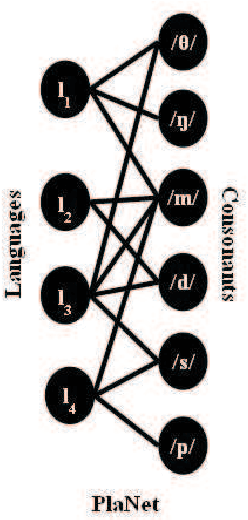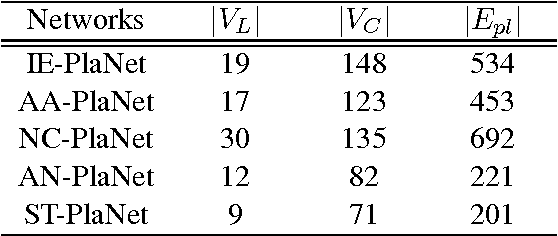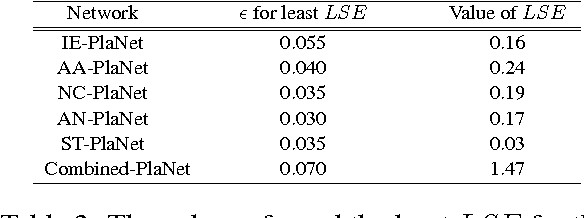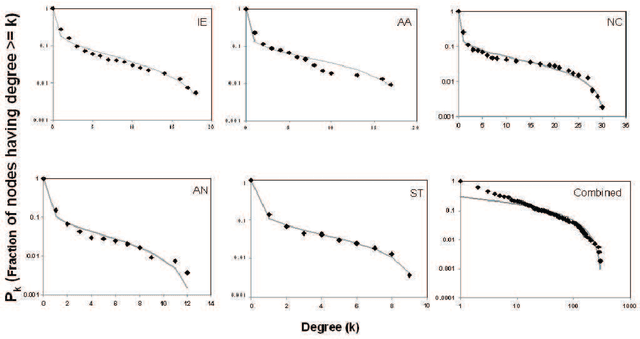Anupam Basu
Optimizing Odia Braille Literacy: The Influence of Speed on Error Reduction and Enhanced Comprehension
Oct 12, 2023


Abstract:This study aims to conduct an extensive detailed analysis of the Odia Braille reading comprehension among students with visual disability. Specifically, the study explores their reading speed and hand or finger movements. The study also aims to investigate any comprehension difficulties and reading errors they may encounter. Six students from the 9th and 10th grades, aged between 14 and 16, participated in the study. We observed participants hand movements to understand how reading errors were connected to hand movement and identify the students reading difficulties. We also evaluated the participants Odia Braille reading skills, including their reading speed (in words per minute), errors, and comprehension. The average speed of Odia Braille reader is 17.64wpm. According to the study, there was a noticeable correlation between reading speed and reading errors. As reading speed decreased, the number of reading errors tended to increase. Moreover, the study established a link between reduced Braille reading errors and improved reading comprehension. In contrast, the study found that better comprehension was associated with increased reading speed. The researchers concluded with some interesting findings about preferred Braille reading patterns. These findings have important theoretical, developmental, and methodological implications for instruction.
Language Diversity across the Consonant Inventories: A Study in the Framework of Complex Networks
Apr 08, 2009



Abstract:n this paper, we attempt to explain the emergence of the linguistic diversity that exists across the consonant inventories of some of the major language families of the world through a complex network based growth model. There is only a single parameter for this model that is meant to introduce a small amount of randomness in the otherwise preferential attachment based growth process. The experiments with this model parameter indicates that the choice of consonants among the languages within a family are far more preferential than it is across the families. The implications of this result are twofold -- (a) there is an innate preference of the speakers towards acquiring certain linguistic structures over others and (b) shared ancestry propels the stronger preferential connection between the languages within a family than across them. Furthermore, our observations indicate that this parameter might bear a correlation with the period of existence of the language families under investigation.
 Add to Chrome
Add to Chrome Add to Firefox
Add to Firefox Add to Edge
Add to Edge